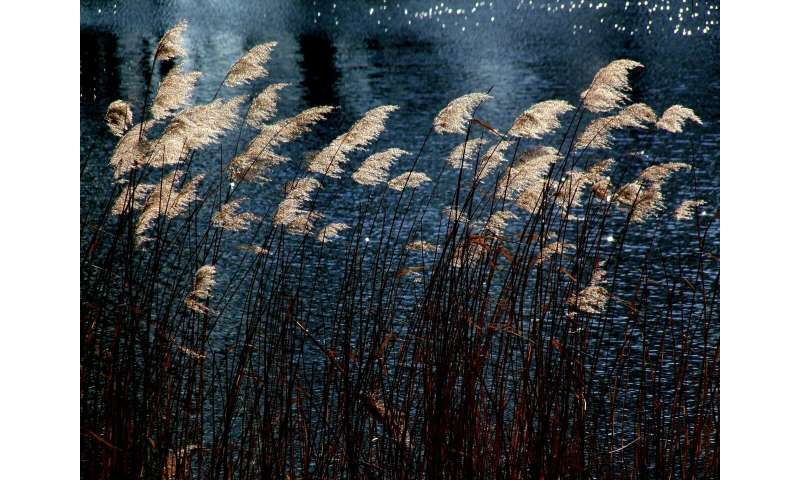Microplastics sticking to Orkney's seagrass beds

Microplastics are accumulating in Orkney's seagrass beds at much higher rates than in the areas surrounding them. Marine scientists from Heriot-Watt surveyed a 100m transect of a seagrass bed in Orkney and found microplastics on all seagrass blades and in over 94% of all samples collected.
Microplastic pollution is now common in marine environments, with areas like rivers and estuaries particularly vulnerable to high levels of pollution.
The scientists measured the presence of microplastics in Orkney's seagrass beds by taking samples of seagrass and the small creatures that live on the blades, like sea snails, shrimp-like amphipods, worms, as well as sediment from the seabed. The team confirmed that the seagrass bed was home to much higher concentrations of microplastics than the adjacent sediment.
Dr. Mark Hartl from Heriot-Watt University in Edinburgh said:
"Seagrasses are very sensitive habitats and perform a number of critical functions. They bind and characterise the shoreline, create habitats for other species and protect them from predators.
"Every blade of seagrass we examined had microplastic flakes, fibres or fragments sticking or adhering to it.
"We did notice that the number of microplastics varied depending on where the blade was along the transect line, but this was likely influenced by slight differences in the density of seagrass canopy cover and reflects the generally patchy nature of microplastics contamination."
Increased exposure to microplastics
The research found that the water above the seagrass beds contained more than double the average amount of microplastics in bare sediment, while seagrass blades were around 20% higher. The seagrass sediment was around 40% higher.
The average number of microplastics found in the sea snails and other grazing creatures matched the average number found on the seagrass blades. This suggests that seagrass grazers may be exposed to more microplastics than sediment-dwelling organisms.
The research, published in the Marine Pollution Bulletin, was undertaken as an MSc project within Heriot-Watt's MSc in Marine Science. It was carried out by Dr. Angela Capper, Dr. Mark Hartl, Dr. Mike Bell and MSc student Katherine Jones.
Follow-up study
Dr. Capper is also looking at this issue on a larger scale along the Central Queensland coast of Australia with the Coastal Marine Ecosystems Research Centre (CMERC) at Central Queensland University, to determine the extent and mechanisms involved in microplastic loading in seagrass canopies and potential impacts to grazing organisms.
Dr. Capper, based at Central Queensland University, Australia said:
"The impact of microplastics on marine creatures and environments isn't fully understood.
"It is concerning, however, that such a sensitive habitat is sequestering such high concentrations of microplastics. The species that live in seagrass beds, and in particular the larval and juvenile fish, will be vulnerable to any negative impacts associated with microplastics.
"A follow-up larger-scale study on the microplastics contamination of Orkney seagrass beds is currently being prepared for publication."
More information: Katherine L. Jones et al. Microplastic accumulation in a Zostera marina L. bed at Deerness Sound, Orkney, Scotland, Marine Pollution Bulletin (2020). DOI: 10.1016/j.marpolbul.2020.110883
No comments:
Post a Comment